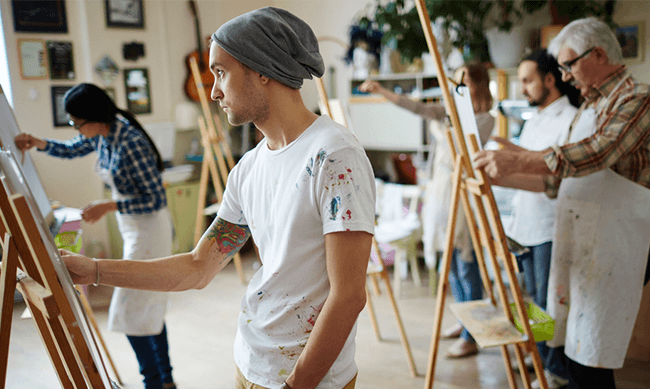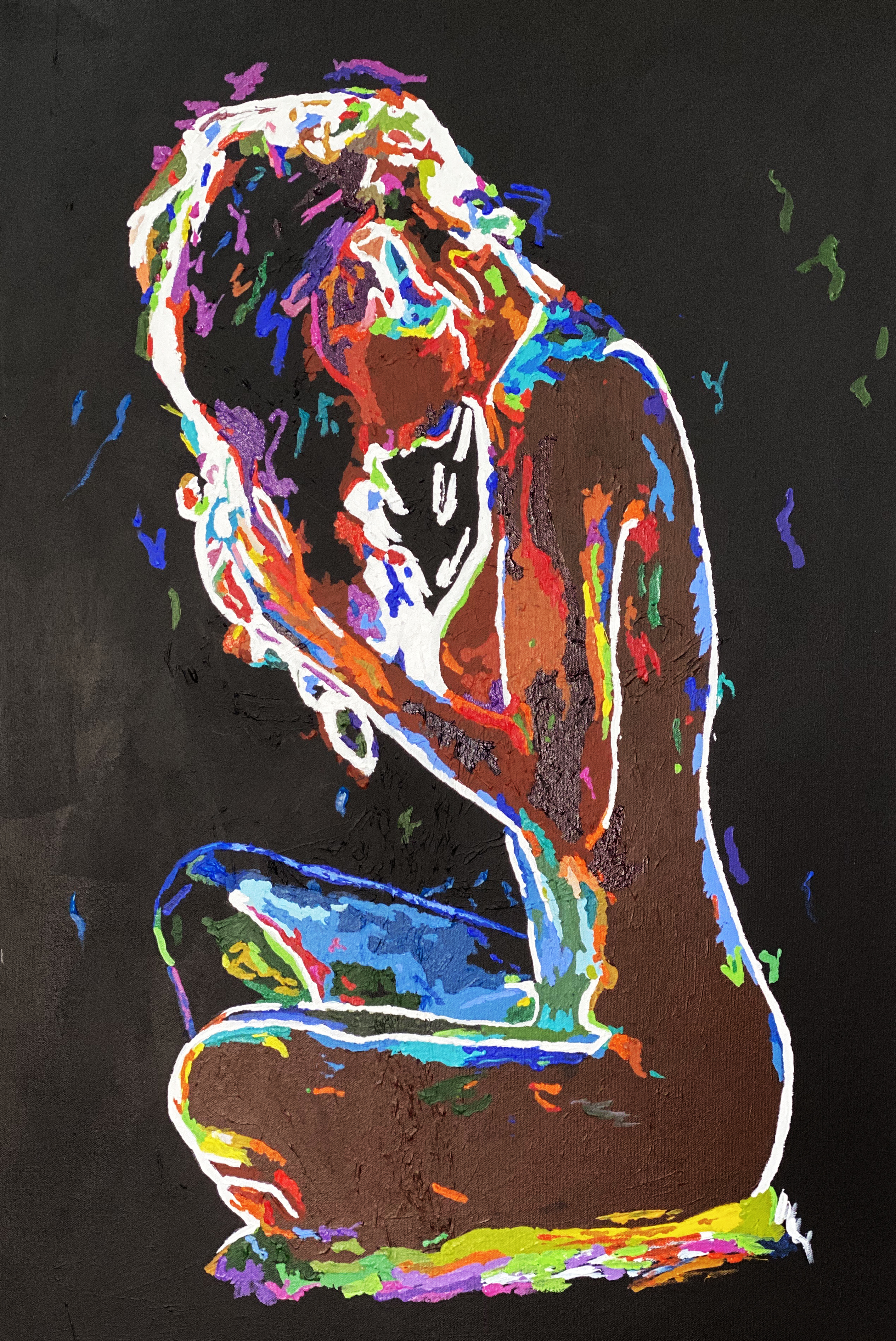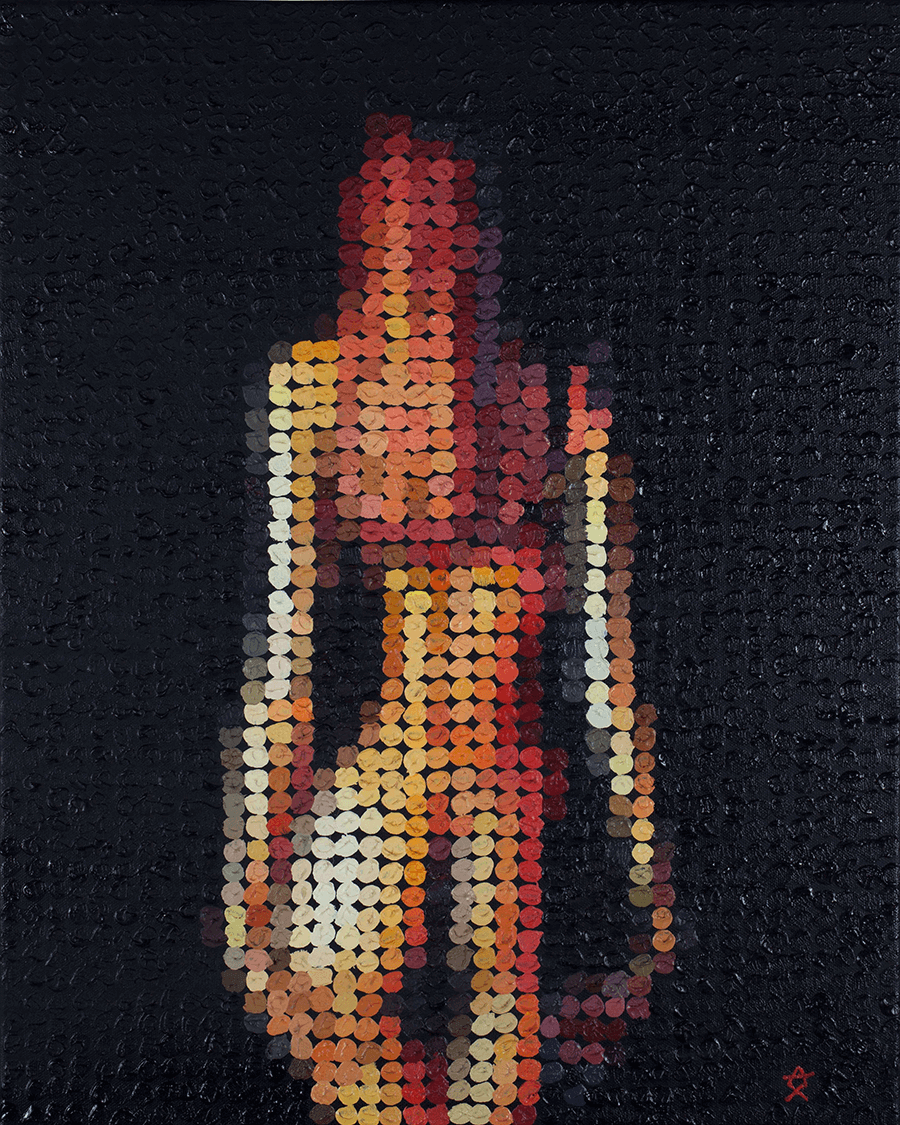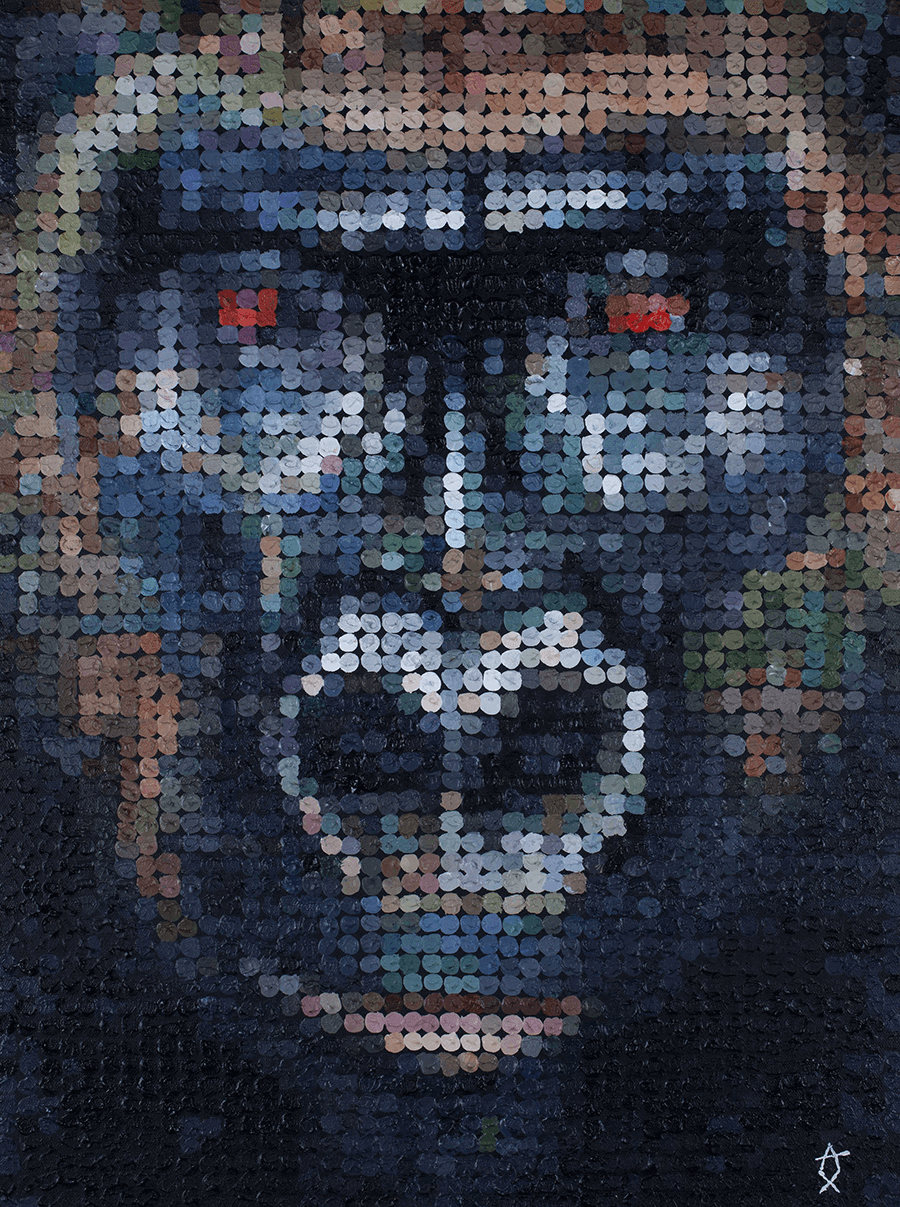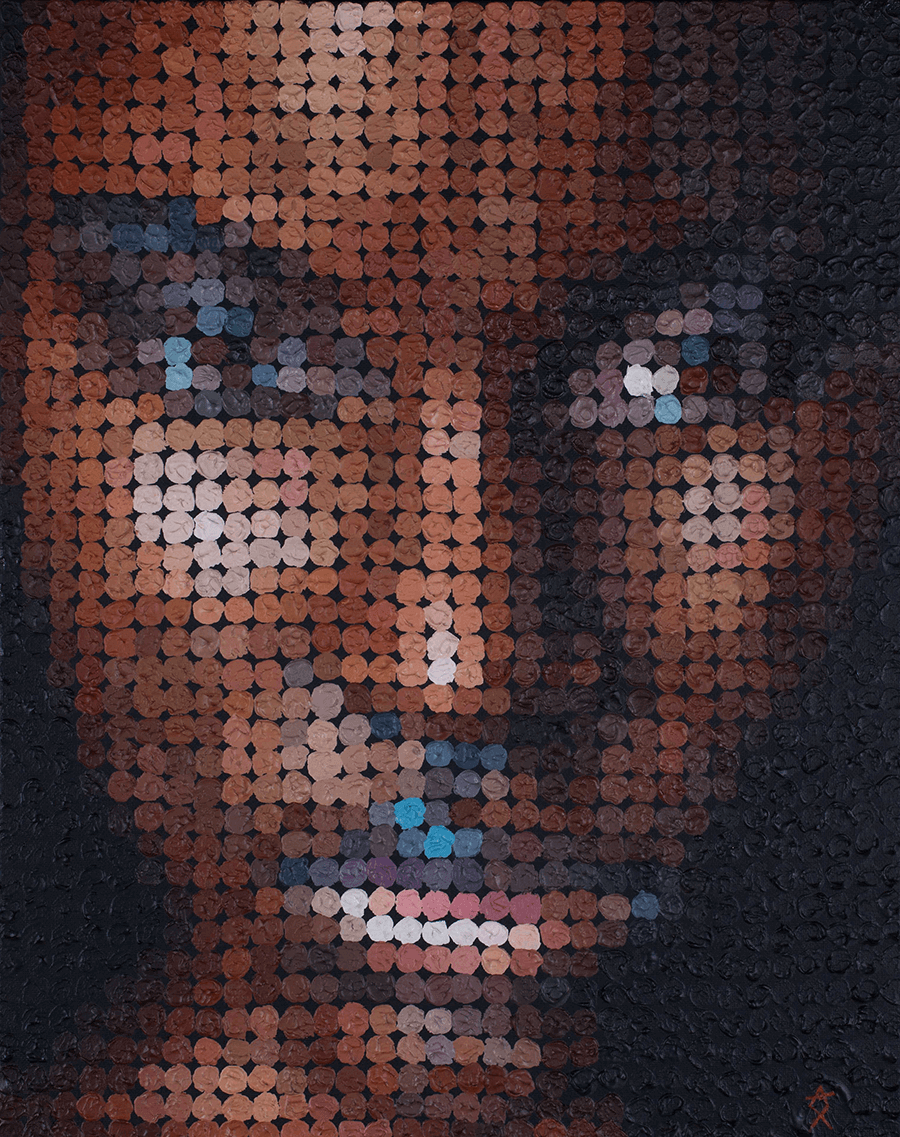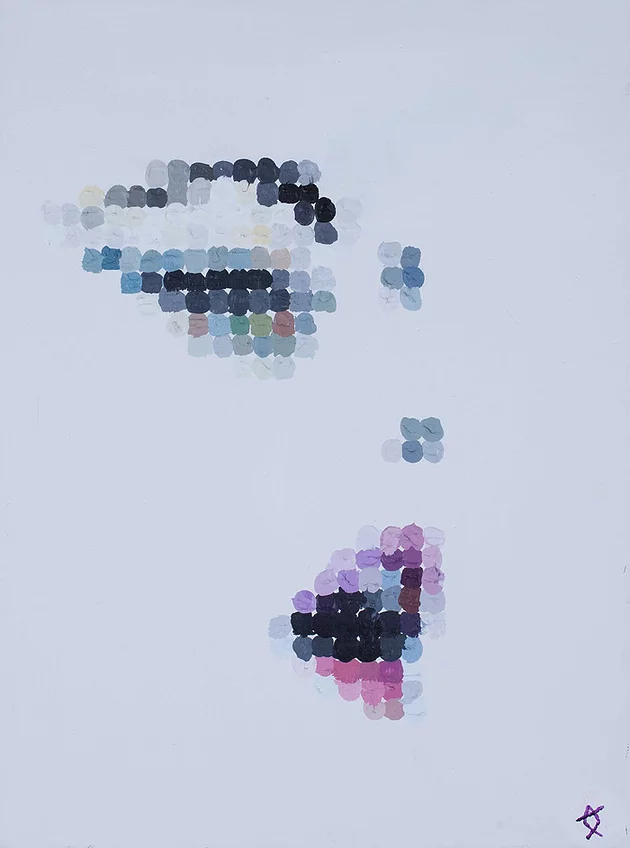
“Pay no attention to that man behind the curtain” —The Wizard of Oz
Perception is truly reality when it comes to this thing we call art. Its influence is as convincing as the wizard was to Dorothy and posse pre-curtain fail
Art can be created with just about anything, by just about anyone, at just about any time. Even animals create art. We’ve all seen the artistic elephants with brush in trunk, creating strokes that look like Chinese ink drawings, often times better (yet more expensive) than that of their human counterparts.
Some people even believe the lack of creating can be considered an art form. Like the blank canvas hanging in the museum. Lazy artists want to be represented too! But speaking of people, an actual soul is not required to make art. Flowers, plants, and insects possess the most interesting and beautiful colours and patterns and there is certainly an argument to be had that nature is art and that nature can even create art. How about the fascinating spider web, the rainbow, the tulip, the cumulus clouds, the aurora borealis? Need I say more?
I think we all can agree that art is an expression at its most cellular level. But this expression doesn’t even have to be unique or beautiful to be considered “art”. Who is the judge of what is art? I suppose each of us, individually and collectively. Personal taste is as varied and unique as the words used to describe it.
Art and function
Leonardo DaVinci was quoted saying the human foot is an engineering work of art.
The Egyptians created the hieroglyphics: pictures carved into stone that told lasting stories. The San Francisco bridge uses its horizontal beauty to allow humans to travel from one side of the bay to the other side.
Colour
Every civilization and generation has shown the enduring persistence to create art as they saw it. Colours can vibrate and sizzle as they lay upon a canvas, atop a sculpture, as it exudes from a building and playfully dances in a photograph. Colours are contrasted and blended, stippled or faint. Colour provides another incredible avenue for expression. Sometimes colour even distracts from a lack of talent and balance.
The Dutch artist, Piet Mondrian was renowned as one of the greatest artists of his time. His art was expressed primarily with squares of colour, in a variety of shapes and sizes. No blending, no intricate form, no complicated technique other than the flat colour on canvas in various sizes. Colour is the predominant focus in these masterpieces. Colour can stand on its own or enhance shape and form.
Alexander Calder is known as the originator of the mobile, a lightweight sculpture that moved. These were made using only primary colours.
As we all agree to disagree on what is and is not art, let’s reacquaint ourselves with the Last Supper, canine, poker edition. We then can all gain a deeper, perhaps fleeting, appreciation for paint not applied to velvet. Finding a common enemy is often times a unifier.


